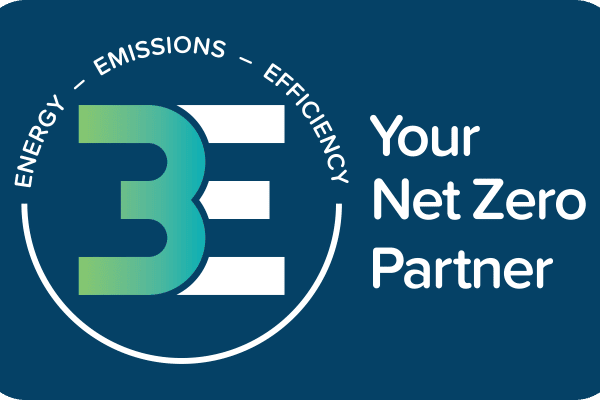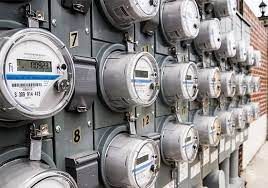Australia’s metropolitan areas regularly get ranked among the most liveable cities in the world. Thanks to their high quality of life, sunshine, and clean air, people come in droves to work and settle in. However, the lack of polycentric planning means half of the Australian cities leave larger environmental footprints – because of automobile dependency.
This dependency makes cities vulnerable to the ravages of climate change. It also raises the question of whether the country’s current fuel stockholding is adequate to provide fuel security for all affected sectors. It should be noted that the transportation sector still depends on imported liquid petroleum.
A business-as-usual approach isn’t the solution. As population growth in urban areas will continue to grow, the demand for fuel will increase. With the rising prices of petroleum products in the global market, economic and environmental pressures may lead to social inequities.
Amidst these mounting pressures, building appropriate infrastructures and modern advancements in technology is key in developing a sustainable and green urban mobility plan. Green mobility means moving people, instead of vehicles, to their destinations safely and efficiently – minus the carbon footprint.
Recommended Read: What it NABERS ratings and how to improve the rating for your building.
Australian Government Bares Plans for ‘Future Fuels’
The Australian Federal Government bared its plans to encourage people to consider sustainable modes of transportation. Called the ‘Future Fuels and Vehicle Strategy’, the plan is to release $250 million worth of funding investments in sustainable transportation. A large part would be used to expand electric vehicle (EV) charging stations across the country, and to establish hydrogen refilling stations for future Fuel Cell Electric Vehicles (FCEVs).
Tip: Read our insight to know more about the 'Future Fuels Program' developed by the Australian Government and what it means to you.
Minister for Energy and Emissions Reduction Angus Taylor said, “Projects funded under the Future Fuels Fund will significantly expand Australia’s fast-charging network, providing broader coverage, reducing range anxiety, and minimising blackspots.”
The government’s goal is to ensure that sustainable means of transportation will be more affordable than petrol-powered vehicles. Minister Taylor said that they realised the importance of having a robust infrastructure in place to encourage consumers to switch to EVs and FCEVs with full confidence.
In fact, the Department of Industry, Science, Energy, and Resources (DISER) is completing its National Hydrogen Infrastructure Assessment to help identify areas where hydrogen refilling stations – and related infrastructures – are essentially needed. FCEVs trucks are being developed as they are more cost-efficient for long-haul trips, compared to their battery-powered (EV) counterparts. Hyzon Motors plans to build a hydrogen supply chain in Australia, as they are set to deliver their 1,000 kilometer FCEV trucks in the country.
Green Mobility’s Missing Piece of the Puzzle – Buildings
As the government laid its plans to seed the future of eMobility and future fuel cells, their immediate focus is fleet operators, public transportation, and logistics. How about private vehicles which make a huge chunk of the mobility puzzle? Accepting green mobility as the future of public and personal transportation means including private car owners into the equation.
The key solution is buildings. Integrating EV or FCEV charging stations in commercial, office, or government-owned buildings will encourage people to embark on their own green mobility journey. Providing people with easy and convenient charging options are decisive factors for them to switch to sustainable transportation.
However, the journey towards green mobility also has its own sets of challenges. Some of these challenges, which may affect the building sector’s adoption of charging infrastructures, include:
- On-site renewable energy generation.
- Retrofitting costs for existing infrastructures.
- Lack of energy storage facilities (battery storage or FCEV storage).
- Escalating costs tied to a building or facility’s energy consumption.
- Familiarisation of tools to monitor, maintain, and ensure the operational safety of charging power points.
In spite of these challenges, green mobility for urban motorists can still be implemented.
Having an integrated renewable energy generation and energy storage systems – ON-SITE – is an important piece to the green mobility puzzle. The majority of Australia’s electricity is still produced by Coal and Gas-fired power plants, therefore implementing an EV charger that’s fed by the National Electricity Market (NEM) has very little impact on reducing carbon emissions. EV chargers fed by renewable power is essential to achieving true green mobiility.
The government is looking at ways to incentise the private sector and industry to invest in EV infrastructure through the Future Fuels Funding program, funded by ARENA.
Connect with the Net Zero Experts and be part of the Green Mobility revolution!





